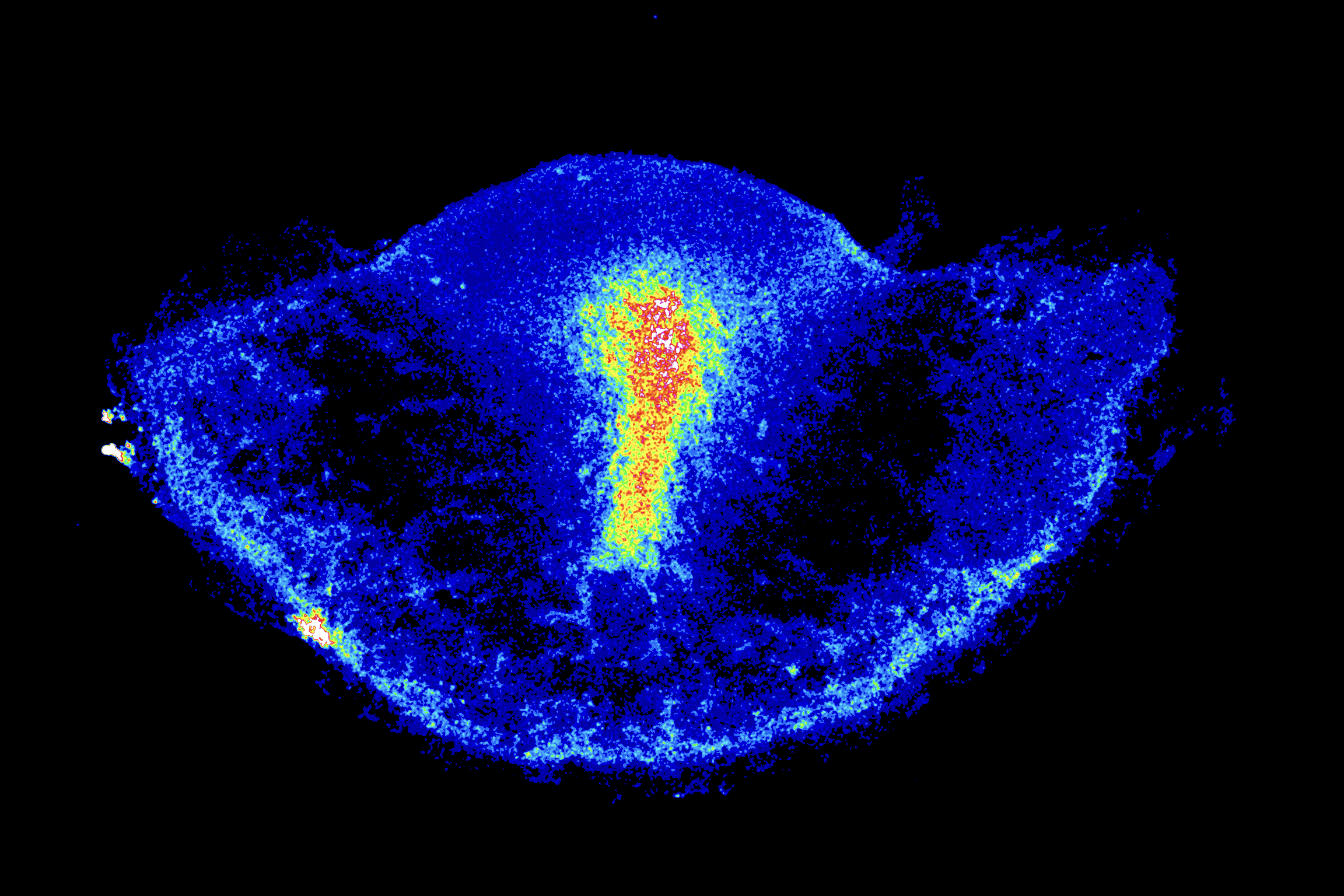Developing embryos are remarkably adept at recovering from disturbances, as illustrated by classic experiments on bird embryos: when an embryo is cut into pieces, development can be redirected such that each of the separated parts gives rise to a fully formed embryo. These experiments argue that the embryo self-organizes, rather than develop along a predetermined path, and imply some form of communication between its parts. Such interactions were widely thought to be mediated by molecular signals, but the nature of these signals had remained elusive. Writing in Nature, researchers at LPENS and Institut Pasteur now show that the mechanical forces that shape the early embryo, which are generated by the active contraction of its cells, also act as long-range signals to orchestrate development. Feeding back on themselves and on gene expression, these forces play a central role in embryonic self-organization, coordinating both the shaping of the embryo and the allocation of different cell types. Beyond the particular stage of development considered in this study – the emergence of the anterior-posterior axis of the embryo – it can be anticipated that mechanical feedback, by allowing the embryo to sense its evolving form, participates in many aspects of development.

To evidence a role for mechanics in embryonic self-organization, the effect of mechanical perturbations on morphogenesis and the expression of genes of interest (here, Gdf1, which marks the emergent embryonic axis) was confronted with predictions from a model incorporating mechanical feedback.
More:
https://www.nature.com/articles/s41586-024-07934-8
Author affiliation:
Laboratoire de physique de L’École normale supérieure (LPENS, ENS Paris/CNRS/Sorbonne Université/Université de Paris)
Corresponding author: Francis Corson
Communication contact: L’équipe de communication










